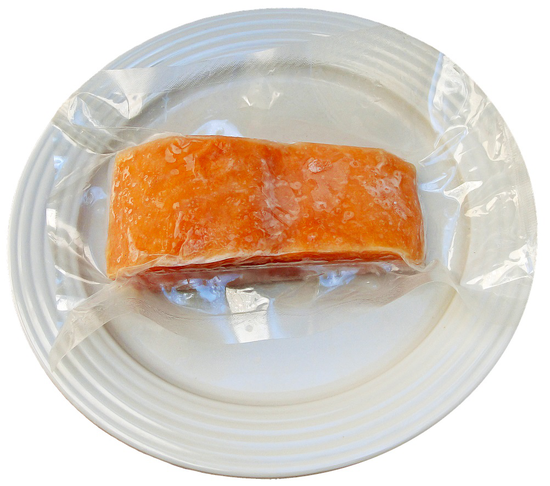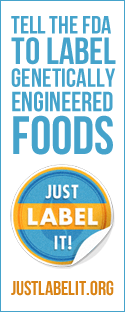|
TORONTO -- Innovations in plastics have helped deliver convenient and nutritious frozen foods and have led to less packaging and food waste.
Also read, Report says, food waste costs Canada $31B a year. Frozen food packaging has changed dramatically since the 1920s when Clarence Birdseye developed methods for quick freezing foods. While frozen foods today are packaged in many materials, technological advances coupled with the rise of the microwave have made plastics the go-to choice for many frozen foods, from vegetable medleys to ready-to-heat meals to gourmet ice cream. "By helping preserve fresh flavours and nutrients in frozen foods, plastic packaging often leads to less food waste," said Carol Hochu, President and CEO, Canadian Plastics Industry Association. "And thin, lightweight plastic packaging also leads to less packaging waste. So consumers can save more food and grocery money and create less waste." For example, many frozen ready-to-heat meals such as stir-fries now are packaged in thin, lightweight plastics that help preserve freshness. Consumers can create quick and easy meals using minimalist packaging that can be scrunched up to about the size of a poker chip. Some examples of how plastics have contributed to the evolution of frozen foods:
Today's intelligent plastics are vital to the modern world. These materials enhance our lifestyles, our economy and the environment. SOURCE Canadian Plastics Industry Association
0 Comments
Leave a Reply. |
Advertisement
News & Updates
Stay informed with the latest news around foodservice, agriculture and other related food news. Advertisement Opportunities
|


 RSS Feed
RSS Feed


